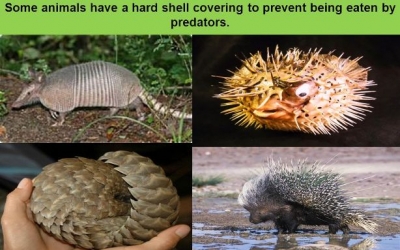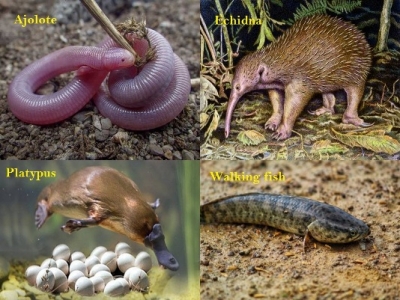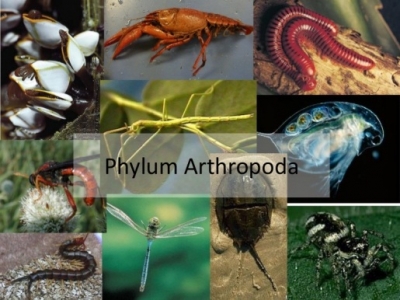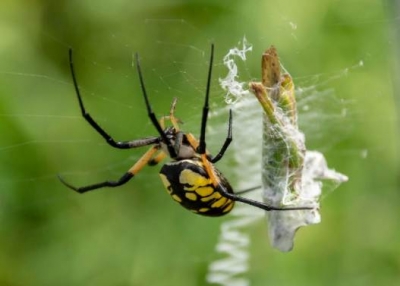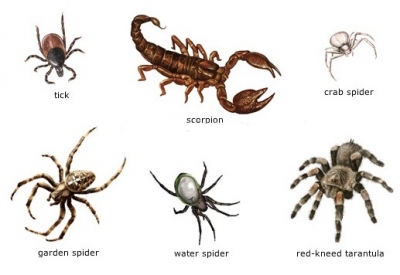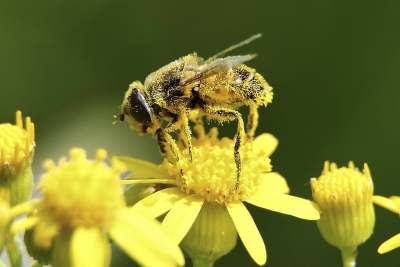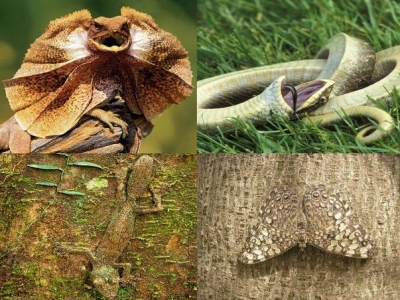
Animal Pretenders
Sometimes, in the world of animals, it’s eat or be eaten. To stay safe from predators, some animals hide in clever ways or pretend to be something else.
It’s hard to see a green grasshopper on a leaf, a striped tiger in tall grass, or a brown lizard on the bark of a tree. Their colour makes them hard to see in their habitats. Some insects are also experts at hide-and-seek. Their bodies are shaped like leaves or twigs, or even like bird droppings. These ways of blending into the background are called camouflage. It makes the animals hard to find, so they are safe from predators.
Other animals are actors they trick predators into leaving them alone. When the Australian frilled lizard is frightened, it unfolds a big flap of skin around its neck and opens its mouth wide. The small, harmless lizard suddenly looks big and dangerous. The opossum and the eastern hognose snake lie on their back and “play dead” when they feel threatened.
How well some animals can hide or act often decides whether they will be able to look for food or become food themselves!


